Ever felt tight hips after sitting all day? It might be your hip flexors. They’re key to movement but often ignored until they hurt. Let’s explore how to massage them at home.
Massage techniques for hip flexors can change your life if you’re stiff or in pain. It doesn’t matter if you’re active, sit at a desk, or just want to move better. Learning these methods can really help with hip flexor pain. Let’s look into how a simple massage can make a big difference.
Key Takeaways
- Hip flexor massage can relieve pain and improve mobility
- Regular self-massage techniques can be done at home
- Proper massage can increase blood flow to hip flexor muscles
- Learning to locate hip flexors is crucial for effective massage
- Combining massage with stretching yields optimal results
Understanding Hip Flexors and Their Importance
Hip flexors are vital for our daily movements. Let’s explore what they are and why they’re so important for our bodies.
What are hip flexors?
Hip flexors are muscles at the front of your hip. The main muscle is the iliopsoas, made of the iliacus and psoas major. These muscles help you lift your knee towards your chest.
The role of hip flexors in body movement
Hip flexors are key for our mobility. They help us walk, run, climb stairs, and sit comfortably. Healthy and flexible hip flexors support good posture and prevent lower back pain.
Common causes of hip flexor pain and tightness
Many things can cause hip flexor problems. Sitting too long, intense workouts, and bad posture are common reasons. Here’s a list of some common causes:
| Cause | Effect | Potential Remedy |
|---|---|---|
| Sedentary lifestyle | Muscle shortening | Regular stretching |
| Overexertion | Muscle strain | Psoas major release |
| Poor posture | Muscle imbalance | Hip flexor tightness remedies |
Knowing about these muscles is crucial for a healthy, pain-free body. Next, we’ll look at the benefits of hip flexor massage and how it can help.
Benefits of Hip Flexor Massage
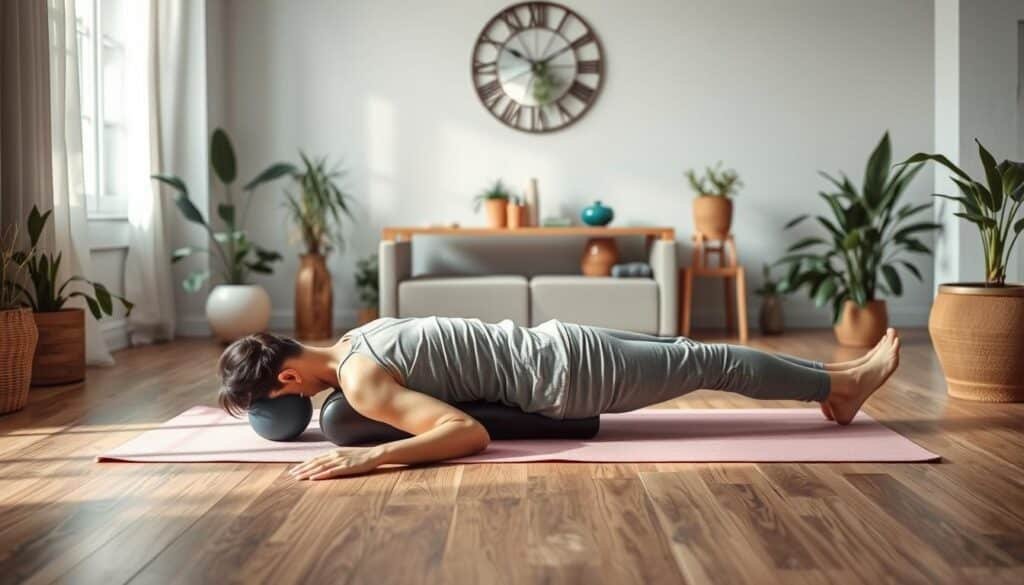
Hip flexor massage has many benefits for those looking to ease hip pain. Regular massages can greatly improve hip flexibility and movement. This is great for those who feel tight after exercising.
Myofascial release for hips is a key advantage. It targets deep tissues to reduce pain and swelling. This method is very helpful for people with long-term hip or groin pain.
Massage also boosts circulation and helps with lymphatic drainage. This improves tissue repair and speeds up recovery from injuries. It’s especially good for athletes or anyone who exercises a lot, helping them heal faster and perform better.
| Benefit | Description |
|---|---|
| Pain Relief | Reduces discomfort in hip and groin area |
| Improved Flexibility | Enhances range of motion in hip joints |
| Faster Recovery | Accelerates healing from injuries and workouts |
| Stress Reduction | Promotes relaxation and eases tension |
Adding regular hip flexor massages to your routine can bring lasting benefits. It helps with immediate pain and tightness. It also improves muscle health and mobility over time.
Preparing for Your Hip Flexor Massage Session
Getting ready for a hip flexor massage is key for a great session. I’ll show you how to set up the right space, gather tools, and get your muscles ready. This prep makes your massage more effective and helps improve your hip movement.
Creating a Comfortable Environment
I start by making a calm space. A quiet room with soft lights helps me relax. I put a yoga mat or thick towel on a flat surface. This makes the massage comfortable and stable.
Gathering Necessary Tools and Equipment
Then, I gather my tools for the massage. Here’s what I usually use:
- Foam roller for large muscle groups
- Tennis ball for targeted pressure
- Massage stick for hard-to-reach areas
- Lubricant or massage oil to reduce friction
Warming Up the Muscles
Before the massage, I warm up my hip flexors. This boosts blood flow and gets the muscles ready. I do light exercises for 5-10 minutes. These include gentle leg swings or walking lunges.
| Warm-up Exercise | Duration | Benefits |
|---|---|---|
| Leg Swings | 1-2 minutes per leg | Increases hip range of motion |
| Walking Lunges | 2-3 minutes total | Activates hip flexors and improves flexibility |
| Hip Circles | 1 minute per direction | Loosens hip joints and surrounding muscles |
With these steps, I’m all set for my hip flexor massage. This prep helps me get the most from my massage and supports my goal of better hip mobility.
How to Massage Hip Flexor: Step-by-Step Guide
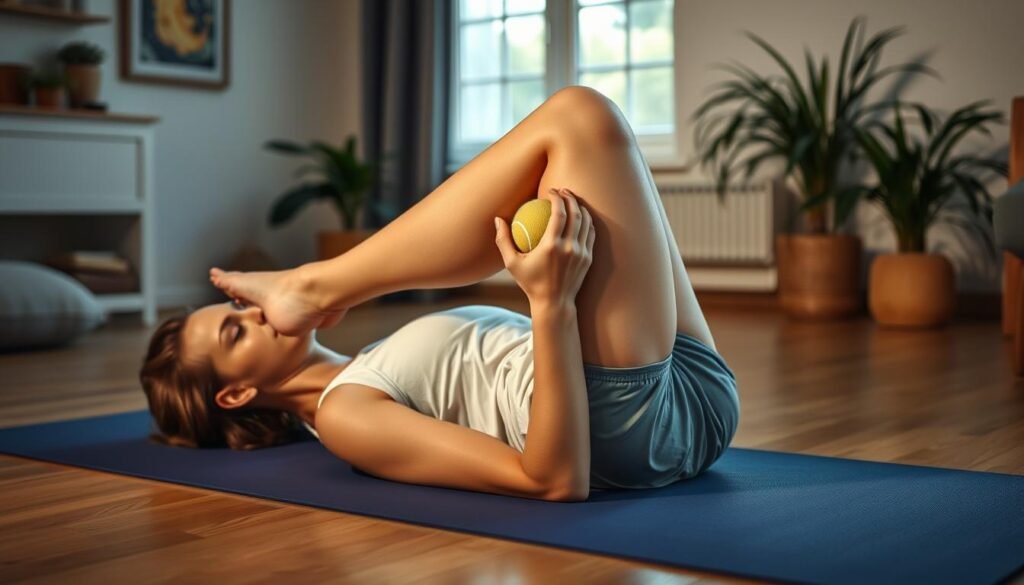
Learning to massage your hip flexor can boost your mobility and ease pain. I’ll show you how to do it at home.
Locating the Hip Flexor Muscles
First, find the hip flexor muscles. They sit in the upper thigh, just below your hip bones. Press gently to find any sore spots. These are where you’ll focus your massage.
Applying Proper Pressure and Techniques
After finding the hip flexors, apply pressure. Use a lacrosse ball or softball. Place it on the sore spot and slowly move your body over it.
As you roll, move your leg up and down. Also, rotate it to massage the muscle from different angles.
Duration and Frequency of Massage
Massage each side for about 2 minutes. Do this every other day to give your muscles time to heal. If you’re very tight, you might need to massage daily. But listen to your body and adjust as needed.
| Massage Tool | Pressure Level | Duration | Frequency |
|---|---|---|---|
| Lacrosse Ball | Moderate to Firm | 2 minutes per side | Every other day |
| Softball | Light to Moderate | 2-3 minutes per side | Daily for severe tightness |
Don’t forget to stretch your hip flexors. Gentle stretches before and after massage help with flexibility and recovery.
Essential Hip Flexor Massage Techniques

Learning effective hip flexor massage techniques can greatly improve your flexibility and reduce pain. I’ve found that using a variety of methods works best. Let’s look at some key techniques to help you achieve better hip health.
Myofascial release for hips is a gentle yet powerful technique. I start with light pressure on the hip area, then increase it as the fascia releases. This method helps reduce stiffness and improves mobility.
Deep tissue massage is another valuable technique. I use moderate to strong pressure, focusing on the large muscle groups around the hips. This helps break down knots and tension that have built up over time.
Trigger point therapy is great for targeting specific areas of discomfort. I apply sustained pressure to muscle knots, holding for 30-60 seconds until the tension goes away.
To enhance these techniques, I often use massage tools:
- Foam rollers for broader pressure across the hip flexors
- Tennis balls for pinpoint pressure on tight spots
- Massage sticks for controlled, deep tissue work
By combining these techniques, I’ve seen big improvements in my hip flexibility and comfort. Always listen to your body and adjust the pressure for the best results.
Using Tools for Enhanced Hip Flexor Massage
I’ve found that using specialized tools in my hip flexor massage can really help. These tools let me focus on specific spots and apply more pressure. This makes my hip mobility exercises even better. Let’s look at some popular tools:
Foam Rollers
Foam rollers are my favorite for big muscle groups. They’re great for self-massage and help loosen the hip flexors. I slowly move over the area, stopping on tight spots to improve blood flow and ease muscle knots.
Tennis and Lacrosse Balls
Tennis or lacrosse balls are perfect for precise pressure. They’re small and firm, ideal for targeting specific hip flexor areas. I put the ball on a tight spot and roll gently, using my body weight to release tension.
Massage Sticks and Handheld Massagers
Massage sticks and handheld devices are versatile for hip flexor massage. I can adjust the pressure and angle easily with these tools. They’re great for warming up before exercises or for recovery after.
Adding these tools to my routine has greatly improved my hip flexibility and reduced muscle tension. Start slow and increase pressure as you get used to each tool.
Combining Massage with Stretching for Optimal Results
Pairing massage with stretching can elevate your hip flexor care. This combination boosts flexibility and keeps massage benefits going long after. It’s a game-changer for your hip health.
- Kneeling lunge stretch
- Butterfly stretch
- Standing quad stretch
These stretches prepare your muscles for massage. They increase blood flow and lower tension. After your massage, do these stretches again to keep muscles relaxed.
Yoga poses are great for the hip area. Add these to your routine:
| Yoga Pose | Benefits | Duration |
|---|---|---|
| Pigeon Pose | Deep hip opener | 30-60 seconds per side |
| Low Lunge | Stretches hip flexors and quads | 45-60 seconds per side |
| Happy Baby Pose | Relaxes hips and lower back | 30-45 seconds |
By mixing massage with stretches and yoga, you get a full routine. It relaxes, improves flexibility, and prevents hip flexor tightness or pain.
Post-Massage Care and Maintenance
After a hip flexor massage, it’s important to take good care of yourself. This helps keep the benefits going and relieves hip flexor pain. Here are some key steps to follow.
Hydration and Rest
Drinking lots of water is essential after a massage. It helps remove toxins and keeps your muscles moist. Aim for 8 glasses of water a day. Also, make sure to rest and let your body heal. A full night’s sleep is great for muscle repair.
Light Exercises
Doing gentle exercises can keep your hips flexible and prevent stiffness. Try these easy moves:
- Leg swings: Stand on one leg and swing the other forward and back
- Hip circles: Stand on one leg and move your hip in circular motions
- Butterfly stretch: Sit with the soles of your feet together and gently press your knees down
Progress Monitoring
Watch how your hip flexors feel after each massage and exercise. If you see better flexibility or less pain, you’re doing well. If not, you might need to change your approach or get advice from a pro. Remember, sticking with it is important for lasting relief.
When to Seek Professional Help
Self-massage can help with hip flexor pain, but sometimes you need a pro. If home methods don’t work after two weeks or if pain gets worse, it’s time to see an expert. Some injuries or inflammation make massage unsafe.
A physical or massage therapist can help with hip flexor pain. They use special techniques like sports massage and acupressure. They can also work on muscles like the psoas, which is hard to reach by yourself.
Here are signs you need professional help:
- Persistent pain lasting more than two weeks
- Sharp or intense pain during movement
- Swelling or redness in the hip area
- Limited range of motion
- Pain that interferes with daily activities
Therapists can give a detailed check-up and make a plan just for you. They use tools and techniques not available at home. This ensures better relief from hip flexor pain and muscle therapy.
| Self-Massage | Professional Therapy |
|---|---|
| Basic techniques | Advanced techniques |
| Limited tools | Specialized equipment |
| General approach | Personalized treatment |
| Self-guided | Expert guidance |
Getting help early can stop small problems from becoming big ones. If you’re not sure or self-massage isn’t working, see a healthcare provider.
Conclusion
I’ve looked into hip flexor massage techniques and found them to be surprisingly effective. Learning to massage your hip flexors at home can be a big help. It’s a simple way to boost flexibility and ease pain without spending a lot.
This guide has shown you easy hip flexor massage methods you can do at home. You can use foam rollers or tennis balls to make your massages better. Adding gentle stretches to your routine can lead to even more benefits.
Consistency is crucial when massaging your hip flexors. Regular massages can bring lasting benefits. If you’re not sure how to do it right, getting help from a professional is a good idea. With the right approach, you can improve your hip health and move more easily every day.
FAQ
What are hip flexors and why are they important?
What are the benefits of hip flexor massage?
How do I prepare for a hip flexor massage session?
What are the essential hip flexor massage techniques?
What tools can I use for hip flexor massage?
How can I maximize the benefits of hip flexor massage?
What should I do after a hip flexor massage?
When should I seek professional help for hip flexor issues?
Source Links
- Hip Flexor Massage Techniques for Pain Relief and Flexibility — Spa Theory – https://www.spatheory.com/spa-theory-wellness-beauty-blog/hip-flexor-massage-techniques-for-pain-relief
- Hip Flexor Exercises and Stretches in Edmonton, AB – https://www.pleasantviewphysio.ca/blog/learn-how-to-self-massage-your-hip-flexors-with-this-exercise-from-pleasantview-physiotherapy/
- Guide to an Effective Hip Flexor Massage – https://www.vivehealth.com/blogs/resources/hip-flexor-massage?srsltid=AfmBOooyBjRWiFOckTZHN8_sNLjdYp8VuoLo4ncl8iptxFtkOcPzfdGG




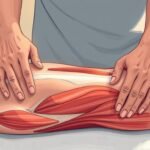




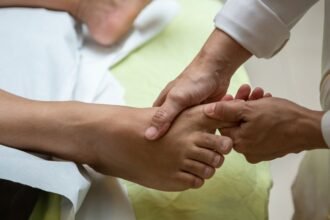
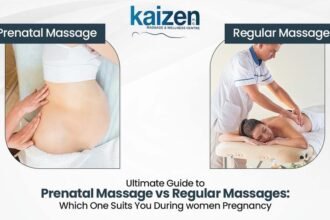

8 Comments
Interesting article! Just curious, could these hip flexor techniques potentially aid in improving ones running performance too?
Interesting read, folks! But how effective are these techniques if youre dealing with chronic hip flexor issues? Any thoughts?
Chronic issues demand professional intervention, not internet advice. Dont gamble with your health.
Interesting read, but wouldnt the effectiveness of these techniques depend on individual flexibility levels? Just wondering!
Interesting read! But, can overdoing these hip flexor massages lead to any potential injuries or muscle imbalances?
Indeed, anything overdone can cause harm, even massages. Balance is key!
Interesting read! But, do you think these massage techniques could potentially overstretch the hip flexors if not done correctly?
Interesting piece! But wouldnt effective hip flexor massages need a professional touch to avoid potential injuries?